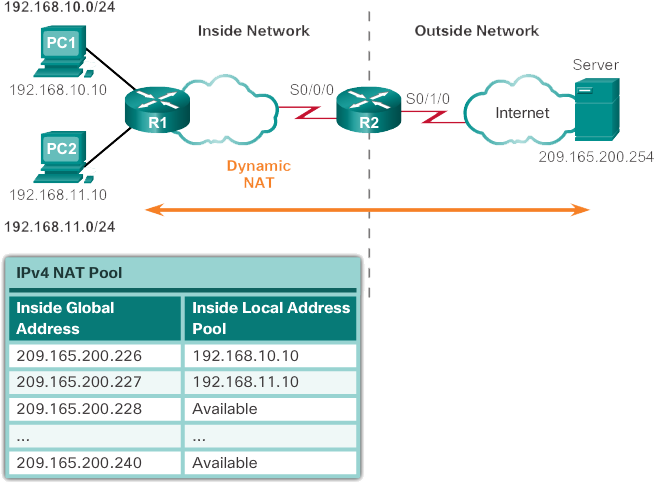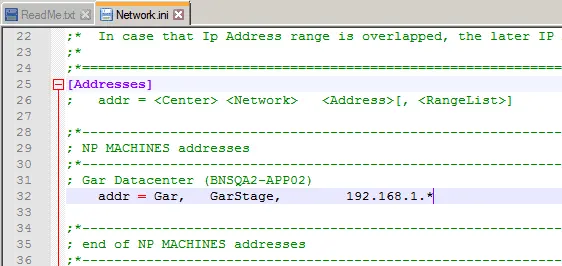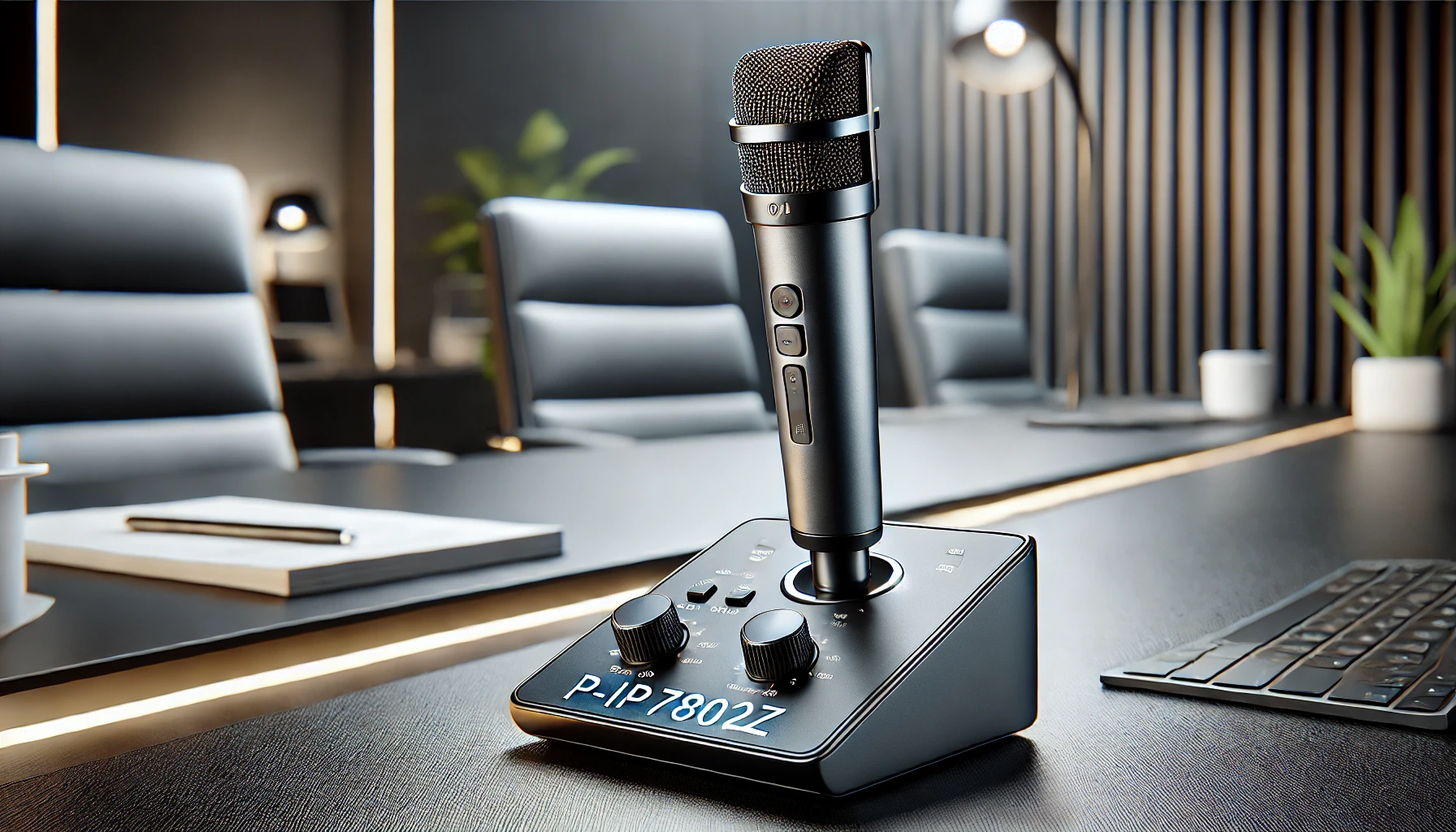Understanding the Basics of NP Address 10.10.66.88: A Simple Guide
If you’ve ever worked with networks or been tasked with configuring a system, you may have come across something like an “NP address 10.10.66.88.” For someone like me who’s dived into SEO and content writing, it might seem odd to tackle something tech-heavy like this, but here’s the thing: it’s actually not as complicated as it sounds. If you’re searching for information on this particular address, chances are you’re trying to understand what it means and how it impacts your network setup. So, let me break it down for you.
What Is an np address 10.10.66.88?
To get started, let’s talk about what an NP address actually is. In most cases, NP refers to “np address 10.10.66.88” or a type of address used within network routing, often for internal communications in private networks. The IP address 10.10.66.88 falls under a private IP range, meaning it’s typically used within a local network rather than out on the public internet.
In simple terms, if you see this address—10.10.66.88—on your system, it’s probably part of your local network setup. Maybe it’s assigned to a server, a router, or even a device like a printer. This kind of IP won’t work for accessing something over the web, but it’s essential for keeping things connected internally.

Common Questions About NP Address 10.10.66.88
1. What does the IP address 10.10.66.88 signify in my network?
The IP address is part of a private network, which means it’s reserved for internal use. It allows devices within your network to communicate with one another. If you’re managing a system, this could be the address of a router or a device assigned by your network’s DHCP (Dynamic Host Configuration Protocol).
2. Is the NP address 10.10.66.88 unique?
Within your local network, yes, it should be unique to one device. However, this address can be reused in different private networks globally. So, while it’s unique within your home or office setup, it’s not globally exclusive like a public IP would be.
3. How can I find out which device is using the np address 10.10.66.88?
You can typically find out by accessing your router’s admin interface. Once logged in, look for a list of connected devices—most modern routers have a simple layout where you can view IP addresses and the devices they’re associated with.
Why Does This Matter for You?
Whether you’re managing a network or troubleshooting a connection, understanding how these addresses work is key. I’ve personally run into situations where something as simple as checking the IP of a device saved hours of troubleshooting. It’s all about keeping things organized and knowing where each device sits on your network.
Tips for Managing IP Addresses in Your Network
Here’s a little checklist I like to use when working with IP addresses like 10.10.66.88:
- Label devices. If you’ve got multiple devices connected to your network, it’s helpful to label them. This makes it easier when you’re looking at IP assignments on your router.
- Reserve IPs for critical devices. If you have a server or printer that needs a stable connection, reserve an IP address for it. This ensures it won’t change after a reboot, which can cause connection issues.
- Use network monitoring tools. There are many tools out there that can give you a visual representation of your network. They’re helpful for spotting any potential conflicts or issues, especially if you’re dealing with more than a handful of devices.

Wrapping It Up: Your NP Address 10.10.66.88 Breakdown
In the end, the NP address 10.10.66.88 is a technical part of your network, but it’s not something to stress over. Think of it like an address in a neighborhood. Each house (or in this case, device) has its own number, but it’s all part of the same community. Understanding it just makes managing everything smoother.
So, the next time you’re digging around in your network settings and see 10.10.66.88 pop up, you’ll know exactly what’s going on.
What About You?
Have you ever had trouble with IP addresses in your home or office network? Share your experiences or ask a question in the comments below. Let’s troubleshoot together!














Post Comment